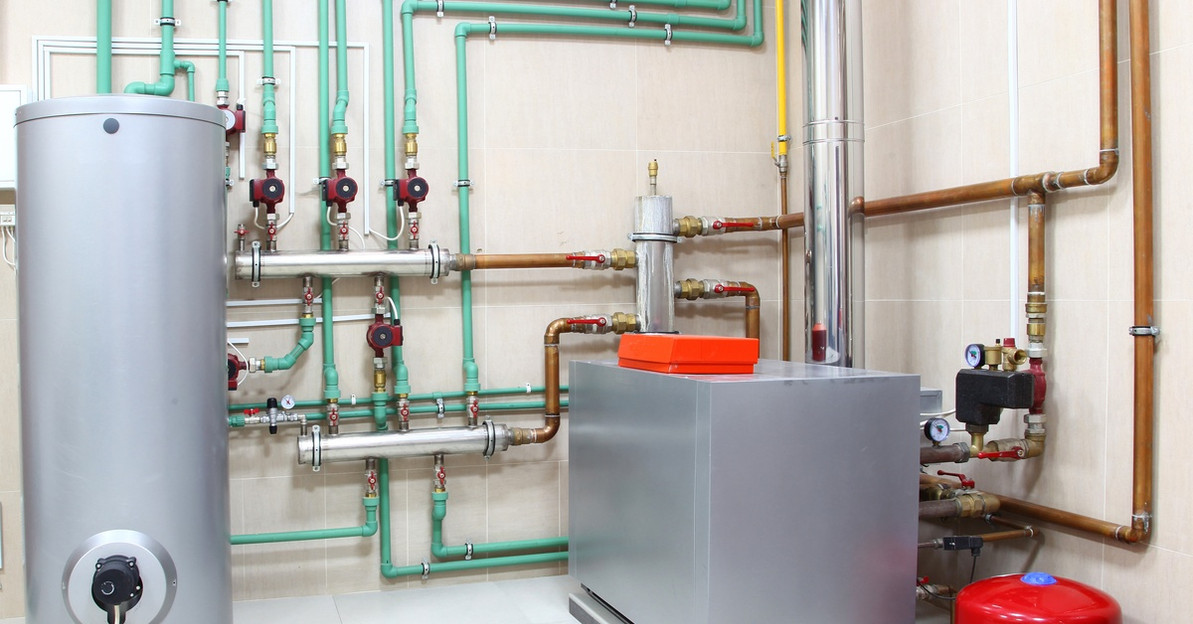The Role of Sewage Pumps in Flood Prevention
With their capacity to devastate communities, disrupt lives, and cause extensive damage, floods demand innovative solutions for prevention and management. Sewage pumps play a crucial role in flood prevention, quietly yet effectively managing water levels to prevent urban areas from becoming inundated. These systems are far from being mere infrastructure. They’re technological marvels that handle both wastewater and stormwater runoff, ensuring cities stay dry and residents remain safe.
Water Level Regulation
During heavy rainfall events, the volume of water that accumulates in sewer systems can exceed their capacity, leading to potential overflow and flooding. Sewage pumps are strategically deployed to manage this excess water by pumping it away from critical areas prone to flooding. They ensure that water levels within sewers and storm drains are maintained at safe levels, thereby preventing the overflow of stormwater onto city streets and residential areas.
Stormwater Diversion
By effectively redirecting excess stormwater, these pumps alleviate the pressure on city drainage systems during peak flow periods. This capability is especially important in cities with limited natural drainage options, where the topography does not allow for easy runoff. The strategic placement of sewage pumps facilitates the swift removal of stormwater, directing it to locations where it can be stored, treated, or safely released back into the environment.
Basement and Low-Lying Area Protection
Sewage pumps are utilized in low-lying areas to prevent water accumulation that can lead to property damage and safety hazards. In particular, submersible wastewater pumps are commonly installed in basements to automatically remove water that gathers during heavy rains or high groundwater levels. By actively pumping out water that infiltrates these vulnerable areas, sewage pumps protect structural integrity, prevent mold and mildew growth, and safeguard personal property from flood damage.
Environmental Protection
During flooding events, the risk of sewage overflow into rivers, lakes, and oceans increases, posing significant threats to aquatic ecosystems and public health. By managing the flow and treatment of wastewater and stormwater, sewage pumps help prevent untreated effluents from contaminating local waterways.
Sewage pumps stand at the crossroads of urban safety and environmental care, and we cannot overstate the role of sewage pumps in flood prevention. With the dual challenges of expanding urban landscapes and unpredictable weather patterns, these systems are more than just infrastructure; they are essential tools that keep our cities dry and our waterways clean.
Recent Posts
-
Must-Have Tools for Tackling Plumbing Clogs
Clogs are one of the most common issues professional plumbers will encounter on the job. These clogs …Dec 29th 2025 -
A Guide to Implementing Indirect Water Heating With Boilers
Choosing the right water heating method for your home or business significantly impacts energy effic …Dec 9th 2025 -
How Tankless Water Heaters Can Benefit Commercial Kitchens
A commercial kitchen operates at a fast pace and maintains very high performance standards. Every pi …Dec 3rd 2025





